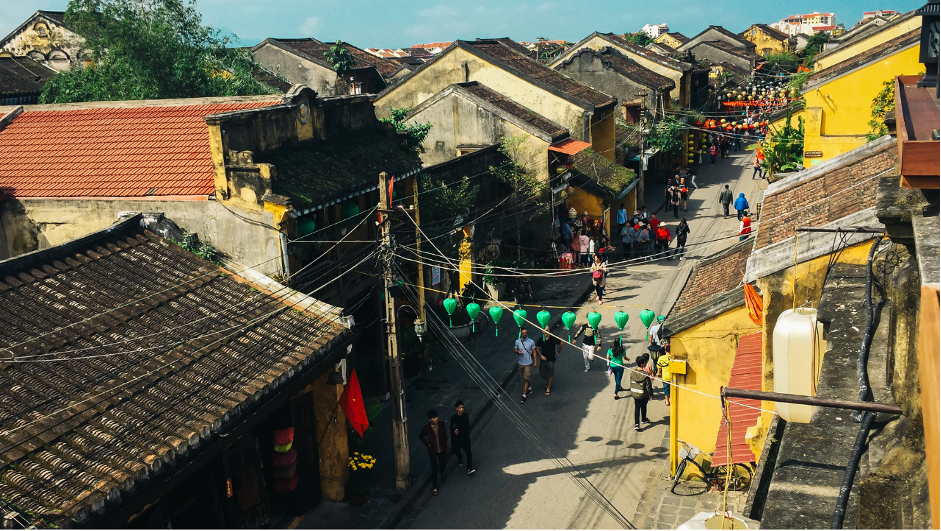This article is part of our Rural Reset series, where we evaluate forward-looking, long-term solutions to the issues and challenges facing the people of rural India. Check out our LinkedIn page every Wednesday to find proposals for innovative solutions in the areas of education, gender, and livelihoods.

A country observes a high economic growth when there is an increase in the quality and quantity of factors of production, namely, Land, Labor, Capital, and Entrepreneurship. India being a rich country in terms of land and labor, has seen a gradual increase in capital and entrepreneurship over the past decade, but unfortunately, this has been concentrated within the urban sector. With nearly 70% of India’s population belonging to the rural sector (12% of the world population), there is a need to focus on empowering rural communities to rise to the same level as their urban counterparts.
What Is One Entrepreneur One Village Model?
The idea of it is quite simple: It’s a proposal to add a social initiative into corporate businesses run by entrepreneurs by adopting a village. In rural communities of India, there is a sizable lack of nourishment, literacy, infrastructure, and livelihood opportunities. While the country has witnessed large scale development and growth according to the numbers being portrayed,the ground reality is quite different.
Policies are made at national level, time and again, but the trickle-down effect of implementation is low, despite the existence of Panchayati Raj. This decentralized governance provides power at grass-root levels while also giving opportunities to minorities and women to voice out their opinions. But it is not a system that is standardized in each state, hence, the overall development is impaired. Guidelines for schemes and policies are clearly set but the tasks at hand are so vast that the implementation needs external assistance.
As seen in multiple cases across the country, an outside force has generally aided in providing this assistance. This is where the proposed entrepreneur enters the scene: If If one experience-driven entrepreneur adopted one village, the overall economic situation of the country would be manifold.
“Individually, we are one drop. Together, we are an ocean.” – Ryunosuke Satoro
Leading by Example: IndiVillage Foundation by Ravi Machani

“As I look back on the past 10 years I’m reminded of the conversation I had with Dr. Abdul Kalam that sparked the journey of IndiVillage. Dr. Kalam suggested that every entrepreneur should adopt a village and change it forever. He helped me realize that a personal approach makes a huge difference to those that need help. A cheque for a government handout cannot give someone a job or advice on how to turn their life around. An entrepreneur who has walked down the same path may have a better idea about how to help.
Today IndiVillage operates out of 2 towns and we know this model can be replicated. Our job is not done in India until 600,000 villages are touched. This task becomes easier if we get 600,000 entrepreneurs onboard. Every centre needs an entrepreneur, not a manager.”
Conclusion
If we get into the numbers, there are 58.5 million entrepreneurs in India, and 6 million villages. The impact that can be created even if some entrepreneurs partnered with communities is beyond imagination. As we now look towards a fresh start post the pandemic, there is a global realization of the need to give back to the community that has given us so much. Now more than ever, rural communities need support to get back on their feet and it serves as a perfect opportunity for entrepreneurs to aid them in their reset.



